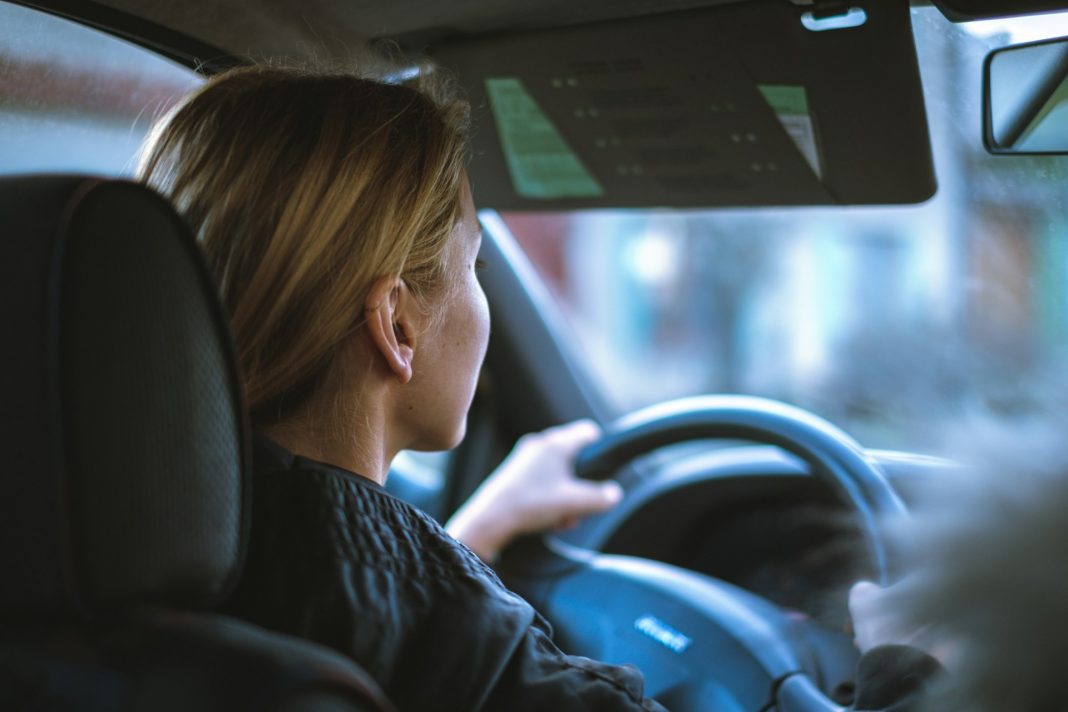So, your teenager is currently taking their driving tests – or is preparing to do so? What a pure moment of pride, mixed with probably some understandable concern.
After all, it’s a significant milestone on their journey towards independence, but at the same time, something that comes with quite a few risks and dangers. But by understanding the nuances of teen driving, you – as parents – can help ensure a smooth transition into this new phase of your adolescent kid’s life.
Setting Rules, Expectations & Responsibility
Here in the UK, though a provisional driving licence can be applied for as early as 15 years and 9 months of age, your teen is only allowed to start driving a car with it at the age of 17. That’s still a good year away from reaching legal adulthood and is in a time of a wild physical and psychological development phase. It’s because of this that it’s a good idea to create a plan together with your teen, so all of you are on the same page in terms of expectations and safety. Especially at the beginning, it can be helpful to get together and talk about things like curfews, passenger limits, and mobile phone usage while driving. Having an open and ongoing conversation about responsible driving behaviour helps ensure your teenager understands the importance of safety on the road. After all, driving is still and will always be a privilege that comes with significant responsibilities. Teach them about the financial aspects of car ownership, too – including the costs of fuel, maintenance, and insurance.
Choosing the Right Car and Insurance Implications
When it comes to selecting a vehicle for your teen, safety should – of course – be the top priority. Always opt for a car with a high safety rating and features. Smaller cars are generally more affordable, but larger vehicles often provide better protection in the event of an accident. Toyota, Honda or Lexus are some of the best and safest brands to look out for. Adding a teenager to your car insurance policy can significantly impact your premiums. However, there are ways to mitigate these costs. You can, for example, encourage your kid to take a re-recognised driving course, as completion of one can sometimes lead to insurance discounts. Additionally, consider a “black box” or telematics insurance policy, where a device monitors driving behaviour to potentially lower premiums based on safe driving habits. It’s easiest to know what is possible by getting a quote on multi-car insurance and having a chat with your insurer.
Lead by Example
And lastly, as a parent, you are your teen’s first and most influential role model in every aspect of life – and how to drive a car is no exception to this. By already demonstrating responsible driving habits by obeying traffic laws, avoiding distractions, and managing road rage. It is your actions that have a lasting impact and impression and that contribute to the development of your own responsible driving behaviours. Make the best of it. Responsible driving is a shared experience, and your guidance plays a crucial role in shaping this new young driver’s habits on the road.






